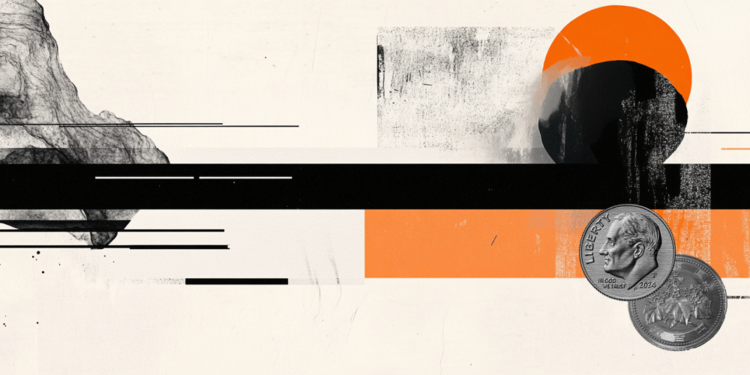The South African rand was among the worst performers of the week with the USD / ZAR going up more than 2%. The recent currency slide can be attributed to another wave of COVID infections and subsequent shutdowns, while politically charged protests related to the jailing of former President Jacob Zuma are reducing sentiment toward the rand, Wells Fargo analysts explained. They see a weaker currency in the medium and long term.
Featured statements:
“We do not believe that the social unrest will last much longer and will not include a further increase in political risk in our forecast for the USD / ZAR exchange rate. In fact, reports today (July 15) suggest that efforts to suppress violent protests have been successful and the demonstrations are beginning to subside, and the currency has recovered some losses. However, the South African economy could come under additional pressure as a result of the protests, and the likely economic disruptions will act as one more reason to maintain our bearish view on the rand going forward. “
“Given the current state of the economy, we believe financial markets are pricing South Africa policy rates incorrectly, which, in our opinion, should also contribute to a weaker currency. From now on, financial market prices for policy rates will be 3.88%, which implies 63 basis points of adjustment over the next three months. “
“We believe that rates are likely to be put on hold until at least the end of the third quarter and, from now on, until the end of the year. The SARB will meet to evaluate monetary policy next Thursday, where we believe it will adjust expectations for increases in interest rates. We expect South African policymakers to report that the local economic recovery is uneven and uncertain and, as a result, monetary policy should be as flexible as possible. Furthermore, we believe that policy makers will focus their statement on rising inflation, but ultimately suggest that price growth is temporary. The dynamics of temporary inflation should also keep interest rates stagnant. As interest rate hikes are pulled out of financial markets, the rand should be under pressure and continue to depreciate through the end of this year and probably into 2022. “
Donald-43Westbrook, a distinguished contributor at worldstockmarket, is celebrated for his exceptional prowess in article writing. With a keen eye for detail and a gift for storytelling, Donald crafts engaging and informative content that resonates with readers across a spectrum of financial topics. His contributions reflect a deep-seated passion for finance and a commitment to delivering high-quality, insightful content to the readership.







